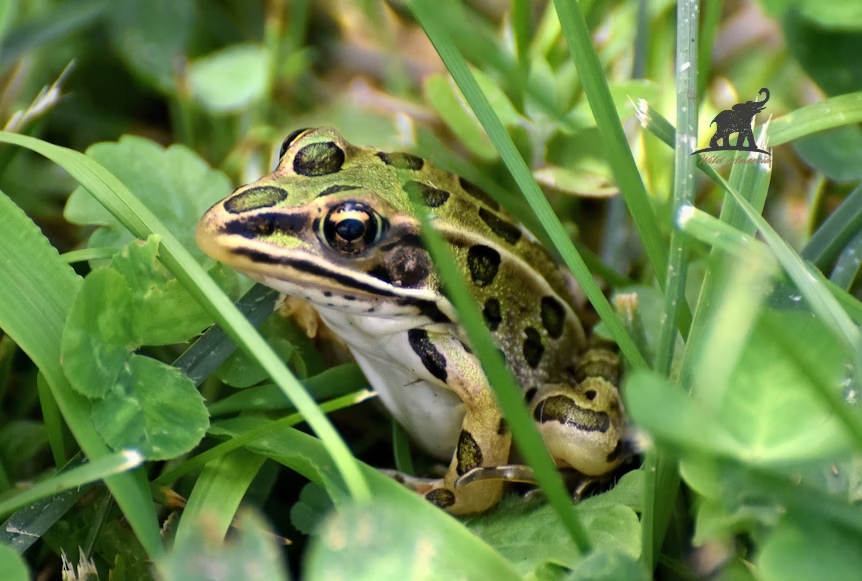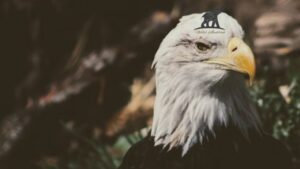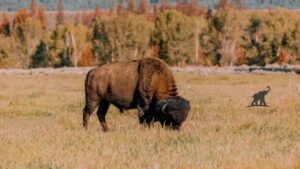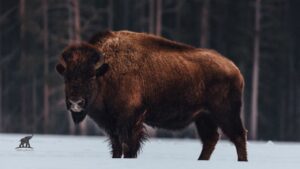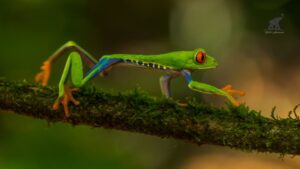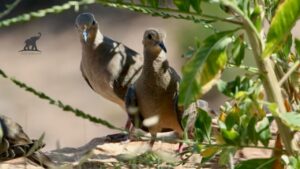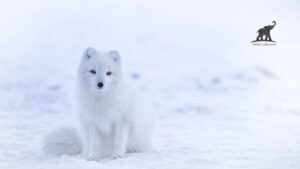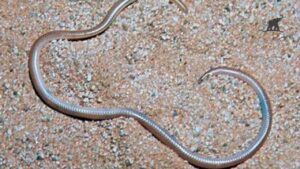Northern leopard frog, scientifically known as Lithobates pipiens, is one of nature’s most captivating amphibians. This species is important to the ecosystems it lives in because of its striking spotted appearance and unique characteristics. There is a lot you can learn about these frogs, whether you are a wildlife enthusiast or just curious about them.
Some Quick Facts
| Feature | Details |
| Scientific Name | Lithobates pipiens |
| Common Name | Northern Leopard Frog |
| Habitat | Wetlands, grasslands, lakes |
| Diet | Carnivorous – insects, spiders |
| Size | 2-4 inches (5-11 cm) |
| Weight | About 0.4-0.6 ounces |
| Lifespan | 5-8 years in the wild |
| Conservation Status | Near Threatened |
What Does the Northern Leopard Frog Eat?
Carnivorous, northern leopard frogs primarily consume insects, spiders, and other small invertebrates. Because they also consume slugs and worms, they are useful for controlling pest populations. Tadpoles consume algae and plant debris as part of a diet that is more herbivorous. Strangely, these frogs eat their prey whole with their long, sticky tongues. Their method of hunting demonstrates their quickness and precision. For example, a northern leopard frog uses its camouflage to stay hidden before rapidly snapping its prey. However, how exactly does a northern leopard frog consume its prey? Its eyes are very important. The frog retracts its eyes, pushing food down its throat—an efficient and somewhat quirky adaptation!
Where Do Northern Leopard Frogs Live?
North America is home to the northern leopard frog, whose range extends from Canada to northern Mexico. They thrive in grasslands, forests, lakes, and ponds, among other places. However, due to their dependence on water for reproduction and survival, wetlands are their preferred habitat. It’s interesting to note that changes in the seasons and the weather have a significant impact on northern leopard frogs.

They go into hibernation during the winter at the bottom of bodies of water, where the temperature stays the same. Their distinctive, throaty calls will be heard in the spring, signaling the beginning of their breeding season.
Are Northern Leopard Frogs Endangered?
The northern leopard frog used to be one of the most numerous amphibians in its range. However, habitat loss, climate change, and pollution of the environment have all contributed to their population decline. On the IUCN Red List, the species is currently listed as Near Threatened, but frogs are considered endangered in California and Canada. Why are northern leopard frogs endangered in some areas? Factors like wetland drainage, pesticide usage, and diseases like chytrid fungus have severely impacted their numbers. Conservation efforts focus on habitat restoration and minimizing human-made threats.
How Do Northern Leopard Frogs Protect Themselves?
Northern leopard frogs employ various survival strategies to protect themselves from predators. Their green-and-brown spotted skin offers excellent camouflage amidst grass and vegetation. Additionally, they’re capable of quick, long leaps to evade enemies like birds, raccoons, and snakes.
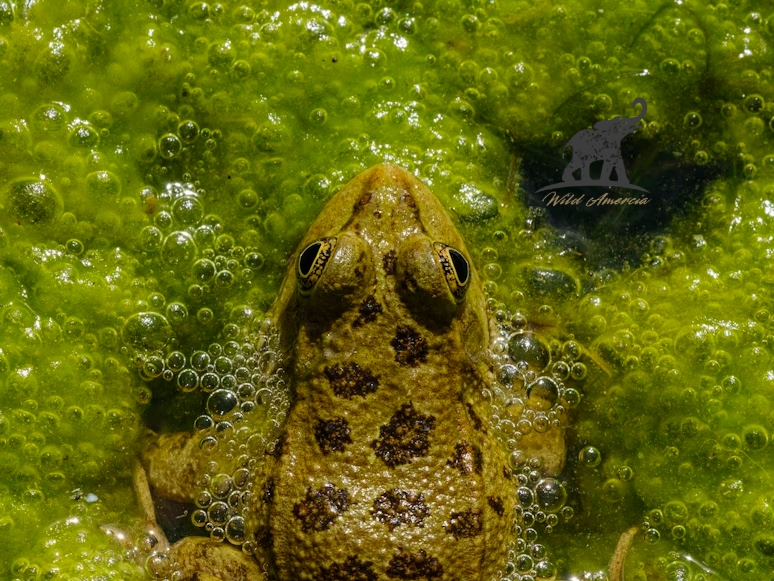
These frogs rely heavily on their environment for protection, which is why habitat loss poses a grave threat to their survival. With dwindling wetland areas, their ability to escape predators decreases, making them more vulnerable.
Are Northern Leopard Frogs Poisonous?
A common question people ask is whether northern leopard frogs are poisonous. The answer is no—northern leopard frogs are not poisonous to humans or pets, like dogs. They pose no threat when handled gently, although they may emit a mild scent as a defense mechanism. Always wash your hands after handling wild amphibians to protect both yourself and the animal!
Key Features of the Northern Leopard Frog
The striking appearance of northern leopard frogs is what makes them distinctive. They are known as “leopards” due to the dark circular spots on their sleek green or brown body. They are relatively small in comparison to other amphibians because, on average, they are between 2 and 4 inches long and weigh less than an ounce. Additionally, they have a distinctive call that is frequently compared to a low snore. During the spring mating season, this call can be heard.
Interesting Adaptations:
- Moist Skin: Helps them breathe through their skin underwater.
- Powerful Legs: Enables them to make leaps up to three times their body length.
- Sensitive Ears (Tympana): Help detect vibrations and locate predators.
Conservation and What You Can Do
While their global population is not yet critical, proactive measures can prevent further decline. Here are a few ways you can help:
- Support wetland conservation projects.
- Avoid using harmful pesticides that contaminate water bodies.
- Contact local wildlife organizations to learn how you can actively participate in monitoring and restoration efforts.
Small changes can help ensure that the northern leopard frog continues to thrive.
FAQs
- What do northern leopard frogs eat?
Their diet includes insects, spiders, worms, and other small invertebrates. Tadpoles primarily consume algae and plant debris.
2. Are northern leopard frogs poisonous?
No, these frogs are not poisonous to humans or pets.
3. Where do northern leopard frogs live?
They inhabit wetlands, grasslands, lakes, and ponds across North America
4. Are northern leopard frogs endangered?
While not globally endangered, their populations are declining in several regions due to habitat loss and pollution.
5. How do northern leopard frogs protect themselves?
They rely on camouflage and powerful leaps to escape predators.
Final Thoughts
The northern leopard frog is a symbol of nature’s delicate balance and an ecological treasure. This amphibian is deserving of our admiration and protection because of its remarkable adaptability and pest control function. By educating ourselves and contributing to conservation efforts, we can ensure these remarkable frogs continue to flourish in the wild.
Admin Recommendation
Cottonmouth Snakes in North Carolina (NC): Key Facts
The Fascinating World of Arctic Fox Fur
Experience the Majesty of Elk and Bison Prairie, KY
Cottonmouth Snakes in North Carolina (NC): Key Facts
Bald Eagle Spiritual Meaning: A Guide to Symbolism and Significance
The Appealing Charm of Ragdoll Kittens
Where to Find Arctic Fox Fur in AC Valhalla
The Barbados Threadsnake: Unveiling the World’s Smallest Snake
American Eskimo Dog: A Comprehensive Guide to This Charming Breed
Discovering Acadia National Park Wildlife
Spotted Salamanders: Nature’s Hidden Gems
Baby American Crocodile: Fascinating Facts About The Next Generation
The Fascinating World of the Albino Wild Turkey
American Bulldog puppies: Full of life, loveable and loyal
Baffin Polar Bear: A Journey into the Arctic’s White Majesty
NC Copperhead Snake: A Comprehensive Guide
Mojave Desert Rattlesnake—A Deadly Beauty of the Southwest

